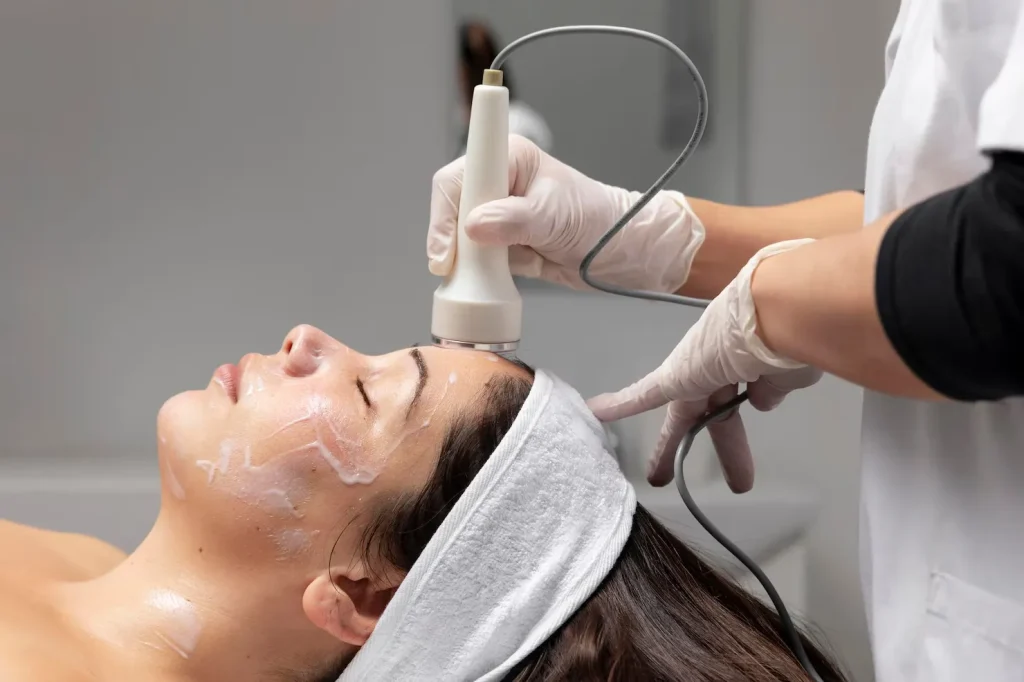Microdermabrasion/ skin polishing
Microdermabrasion is a minimally invasive procedure used to renew overall skin tone and texture. It can improve the appearance of sun damage, wrinkles, fine lines, age spots, acne scarring, melasma, and other skin-related concerns and conditions.
The procedure uses a special applicator with an abrasive surface to gently sand away the thick outer layer of the skin to rejuvenate it.
A different microdermabrasion technique sprays fine particles of aluminum oxide or sodium bicarbonate with a suction to accomplish the same outcome as using the abrasive surface. Read on to learn more about the procedure.
Microdermabrasion Types
- Crystal microdermabrasion
- Diamond microdermabrasion
- Chemical peels

Who is microdermabrasion for?
Microdermabrasion is considered a safe procedure for most skin types and colors. People might choose to get the procedure if they have the following skin concerns:
- Fine lines and wrinkles
- Hyperpigmentation, age spots and brown spots
- Enlarged pores and blackheads
- Acne and Acne scars
- Stretch marks
- Dull-looking skin complexion
- Uneven skin tone and texture
- Melasma
- Sun damage
Benefits and Uses
Here are some of the main benefits of skin polishing:
- Even skin tone – Multiple sessions of skin polishing can help reduce dark spots and pigmentation, evening out your skin tone in the process.
- More effective than facials – Skin polishing is a more effective way of treating your skin than regular facials at salons.
- Glowing skin – The procedure is a favourite among people who have big events to attend – it gives you glowing skin after just one session.
- Removal of dead skin cells – Skin polishing helps slough off dead skin cells from the surface and boost new skin cell growth.
- Deep exfoliation – The procedure does wonders to deeply exfoliate your skin, removing build-up and promoting blood circulation in the face.
- Overall increased skin health and appearance – Skin polishing gives a more wholesome and overall result when compared to other treatments.
- Now that you know the benefits, let’s look at the three types of skin polishing procedures available and key details about each of them.
The goal of microdermabrasion is to make a person’s complexion smoother, brighter, and more even in color.
People often request microdermabrasion to address:
- Dullness in the complexion
- Uneven skin tone
- Uneven skin texture
- Age spots
- Dark spots that can form after acne clears up
- Melasma, a common issue that forms dark spots or patches on the skin
- Scars
- Dermatologists may also use microdermabrasion to enhance the results of anti-aging or skin-bleaching products. The procedure can help these products penetrate the skin.
Risks and side effects of microdermabrasion
People who have taken the acne medicine isotretinoin in the past 6 months may need to wait before having microdermabrasion. They have an increased risk of complications such as scarring.
Speak to a doctor about any spot or patch of skin that is growing, bleeding, or changing in any way. These issues can indicate skin cancer.
For a few days after microdermabrasion, a person may notice:
- Skin swelling
- Skin redness, similar to sunburn
- Bruising
- A burning or stinging sensation
- Increased sensitivity of the skin to sunlight
After the procedure, use sun protection. This will help to ensure the best results and reduce the risk of side effects. Microdermabrasion may not be suitable for people who scar easily or have cold sore breakouts.
